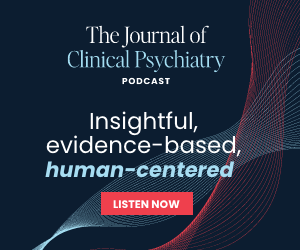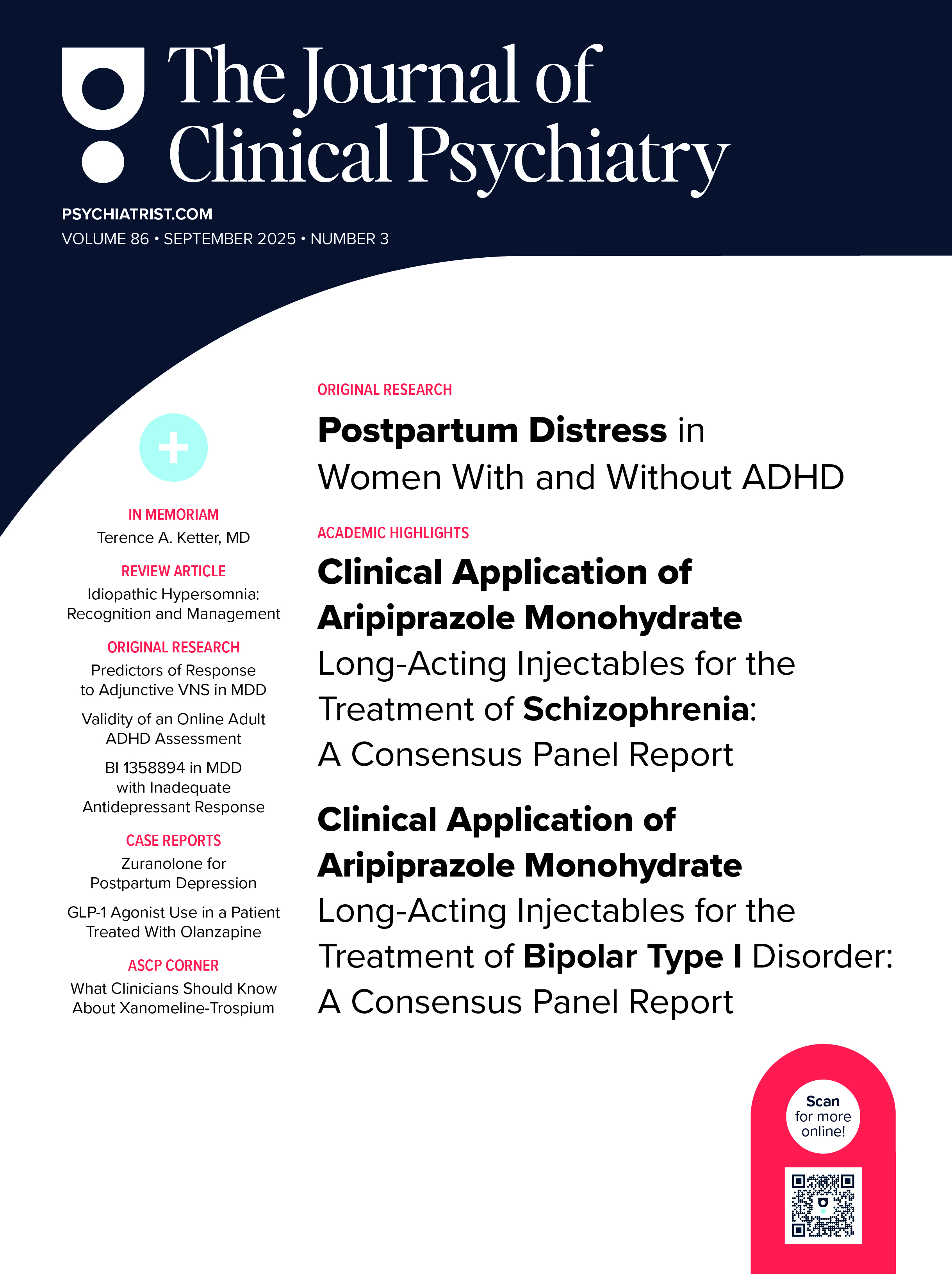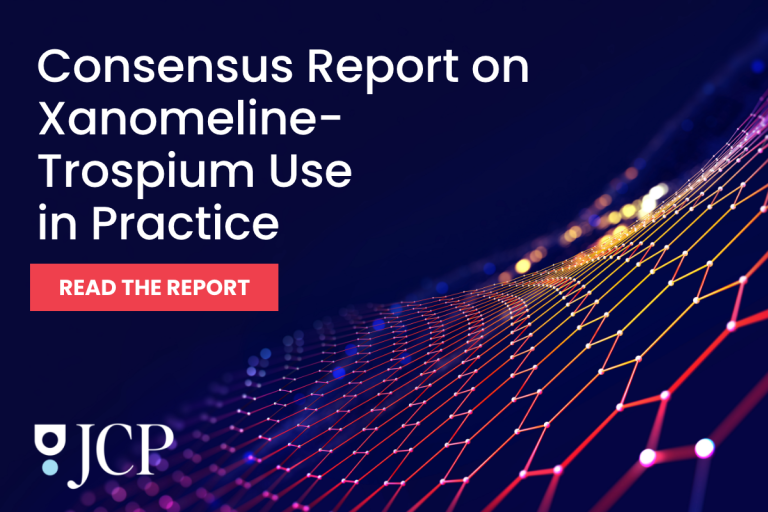ABSTRACT
Objective: By forcing closure of schools, curtailing outpatient services, and imposing strict social distancing, the COVID-19 pandemic has abruptly affected the daily life of millions worldwide, with still unclear consequences for mental health. This study aimed to evaluate if and how child and adolescent psychiatric visits to hospital emergency departments (EDs) changed during the pandemic lockdown, which started in Italy on February 24, 2020.
Methods: We examined all ED visits by patients under 18 years of age in the 7 weeks prior to February 24, 2020, and in the subsequent 8 weeks of COVID-19 lockdown at two urban university hospitals, in Turin and Rome, Italy. ED visits during the corresponding periods of 2019 served as a comparison using Poisson regression modeling. The clinician’s decision to hospitalize or discharge home the patient after the ED visit was examined as an index of clinical severity.
Results: During the COVID-19 lockdown, there was a 72.0% decrease in the number of all pediatric ED visits (3,395) compared with the corresponding period in 2019 (12,128), with a 46.2% decrease in psychiatric visits (50 vs 93). The mean age of psychiatric patients was higher in the COVID-19 period (15.7 vs 14.1 years). No significant changes were found in hospitalization rate or in the prevalence distribution of the primary reason for the psychiatric ED visit (suicidality, anxiety/mood disorders, agitation).
Conclusions: In the first 8 weeks of the COVID-19–induced social lockdown, the number of child and adolescent psychiatric ED visits significantly decreased, with an increase in patient age. This decrease does not appear to be explained by severity-driven self-selection and might be due to a reduction in psychiatric emergencies or to the implementation of alternative ways of managing acute psychopathology.
Members Only Content
This full article is available exclusively to Professional tier members. Subscribe now to unlock the HTML version and gain unlimited access to our entire library plus all PDFs. If you’re already a subscriber, please log in below to continue reading.
References (27)

- Li Q, Guan X, Wu P, et al. Early transmission dynamics in Wuhan, China, of novel coronavirus-infected pneumonia. N Engl J Med. 2020;382(13):1199–1207. PubMed CrossRef NLM
- Coronavirus disease 2019. Situation report - 63. World Health Organization. Accessed January 6, 2021. https://www.who.int/docs/default-source/coronaviruse/situation-reports/20200323-sitrep-63-covid-19.pdf?sfvrsn=d97cb6dd_2
- Remuzzi A, Remuzzi G. COVID-19 and Italy: what next? Lancet. 2020;395(10231):1225–1228. PubMed CrossRef NLM
- Decreto-legge 23 febbraio 2020, n. 6; Misure urgenti in materia di contenimento e gestione dell’emergenza epidemiologica da COVID-19. (20G00020) (GU n.45 del 23-2-2020). Accessed January 6, 2021. https://www.normattiva.it/uri-res/N2Ls?urn:nir:stato:decreto.legge:2020-02-23;6!vig=
- Brooks SK, Webster RK, Smith LE, et al. The psychological impact of quarantine and how to reduce it: rapid review of the evidence. Lancet. 2020;395(10227):912–920. PubMed CrossRef NLM
- Fegert JM, Vitiello B, Plener PL, et al. Challenges and burden of the coronavirus 2019 (COVID-19) pandemic for child and adolescent mental health: a narrative review to highlight clinical and research needs in the acute phase and the long return to normality. Child Adolesc Psychiatry Ment Health. 2020;14(1):20. PubMed CrossRef NLM
- Baugh JJ, White BA, McEvoy D, et al. The cases not seen: patterns of emergency department visits and procedures in the era of COVID-19 [published online ahead of print November 5, 2020]. Am J Emerg Med. 2020;S0735-6757(20)30964-5. PubMed CrossRef NLM
- Stein HC, Giordano B, Del Giudice R, et al. Pre/post comparison study of emergency mental health visits during the COVID-19 lockdown in Lombardy, Italy. Psychiatry Clin Neurosci. 2020;74(11):605–607. PubMed CrossRef NLM
- Goldenberg MN, Parwani V. Psychiatric emergency department volume during COVID-19 pandemic [published online ahead of print June 1, 2020]. Am J Emerg Med. 2020. PubMed CrossRef NLM
- Mustafa FA. No reduction in psychiatric emergency department visits during COVID-19: a downside of telepsychiatry [published online ahead of print September 30, 2020]? Int J Soc Psychiatry. 2020. PubMed CrossRef NLM
- Lazzerini M, Barbi E, Apicella A, et al. Delayed access or provision of care in Italy resulting from fear of COVID-19. Lancet Child Adolesc Health. 2020;4(5):e10–e11. PubMed CrossRef NLM
- Leff RA, Setzer E, Cicero MX, et al. Changes in pediatric emergency department visits for mental health during the COVID-19 pandemic: a cross-sectional study. Clin Child Psychol Psychiatry. 2021;26(1):33–38. PubMed CrossRef NLM
- R: A Language and Environment for Statistical Computing. Vienna, Austria: R Foundation for Statistical Computing; 2018.
- Integrated surveillance of COVID-19 in Italy – 1 May 2020 update. Istituto Superiore di Sanità. Accessed January 6, 2021. https://www.epicentro.iss.it/en/coronavirus/bollettino/Infografica_1maggio%20ENG.pdf
- Hernández-Calle D, Martínez-Alés G, Mediavilla R, et al. Trends in psychiatric emergency department visits due to suicidal ideation and suicide attempts during the COVID-19 pandemic in Madrid, Spain. J Clin Psychiatry. 2020;81(5):20l13419. PubMed CrossRef NLM
- De Filippo O, D’Ascenzo F, Angelini F, et al. Reduced rate of hospital admissions for ACS during COVID-19 outbreak in Northern Italy. N Engl J Med. 2020;383(1):88–89. PubMed CrossRef NLM
- Davico C, Marcotulli D, Lux C, et al. Where have the children with epilepsy gone? An observational study of seizure-related accesses to emergency department at the time of COVID-19. Seizure. 2020;83:38–40. PubMed CrossRef NLM
- Wong SCY, Kwong RT, Wu TC, et al. Risk of nosocomial transmission of coronavirus disease 2019: an experience in a general ward setting in Hong Kong. J Hosp Infect. 2020;105(2):119–127. PubMed CrossRef NLM
- Cruz AT, Zeichner SL. COVID-19 in children: initial characterization of the pediatric disease. Pediatrics. 2020;145(6):e20200834. PubMed CrossRef NLM
- Cauberghe V, Van Wesenbeeck I, De Jans S, et al. How adolescents use social media to cope with feelings of loneliness and anxiety during COVID-19 lockdown [published online ahead of print October 20, 2020]. Cyberpsychol Behav Soc Netw. 2020. PubMed CrossRef NLM
- Shigemura J, Ursano RJ, Morganstein JC, et al. Public responses to the novel 2019 coronavirus (2019-nCoV) in Japan: mental health consequences and target populations. Psychiatry Clin Neurosci. 2020;74(4):281–282. PubMed CrossRef NLM
- Orben A, Tomova L, Blakemore SJ. The effects of social deprivation on adolescent development and mental health. Lancet Child Adolesc Health. 2020;4(8):634–640. PubMed CrossRef NLM
- Singh S, Roy D, Sinha K, et al. Impact of COVID-19 and lockdown on mental health of children and adolescents: a narrative review with recommendations. Psychiatry Res. 2020;293:113429. PubMed CrossRef NLM
- Carubia B, Becker A, Levine BH. Child psychiatric emergencies: updates on trends, clinical care, and practice challenges. Curr Psychiatry Rep. 2016;18(4):41. PubMed CrossRef NLM
- Mercado MC, Holland K, Leemis RW, et al. Trends in emergency department visits for nonfatal self-inflicted injuries among youth aged 10 to 24 years in the United States, 2001–2015. JAMA. 2017;318(19):1931–1933. PubMed CrossRef NLM
- Benarous X, Milhiet V, Oppetit A, et al. Changes in the use of emergency care for the youth with mental health problems over decades: a repeated cross sectional study. Front Psychiatry. 2019;10:26. PubMed CrossRef NLM
- Mapelli E, Black T, Doan Q. Trends in pediatric emergency department utilization for mental health-related visits. J Pediatr. 2015;167(4):905–910. PubMed CrossRef NLM






